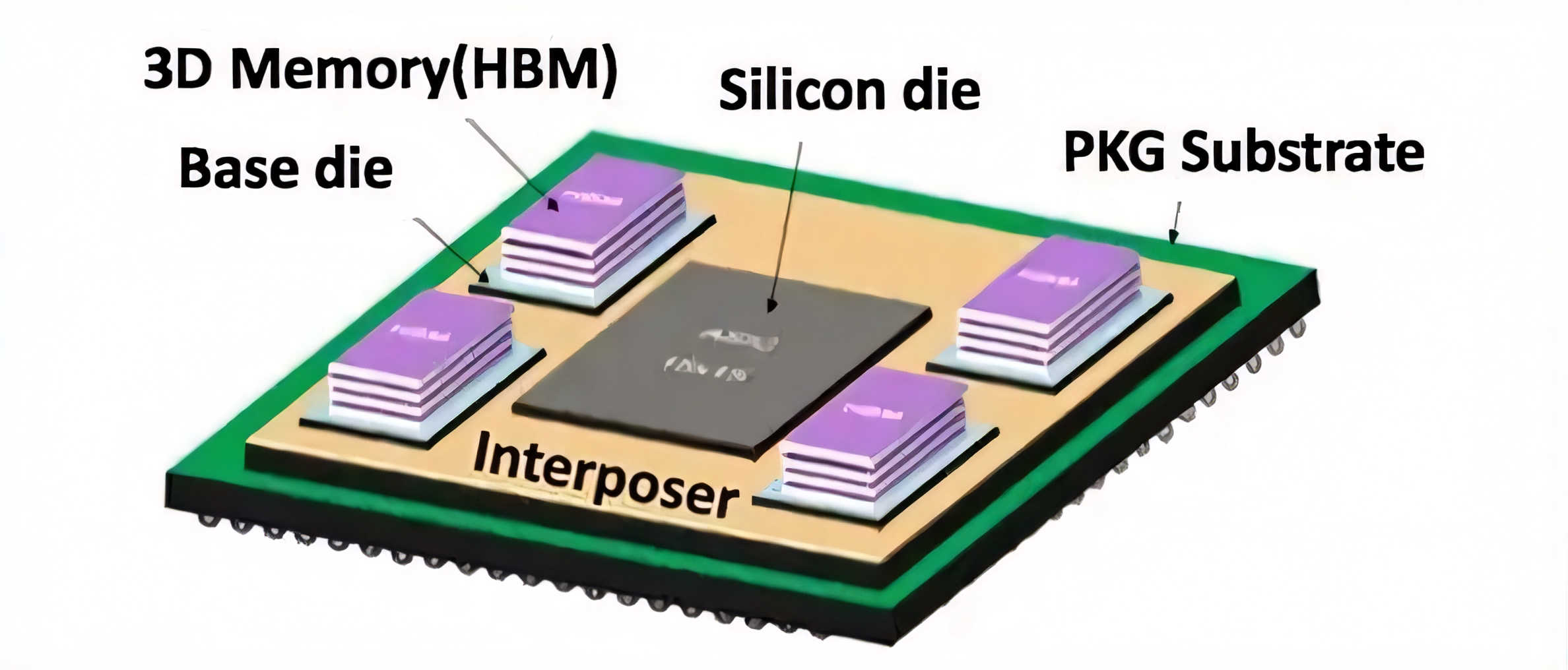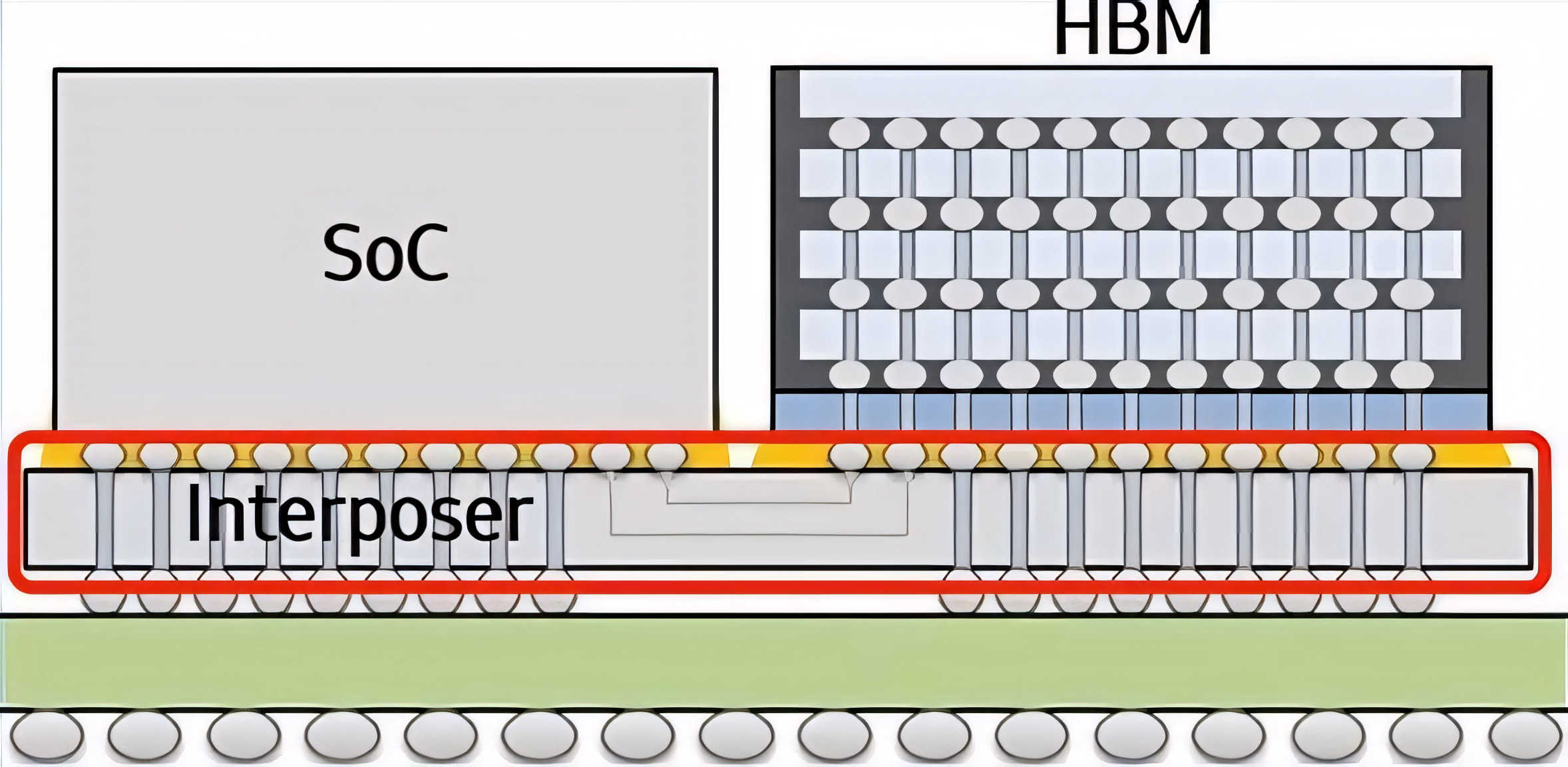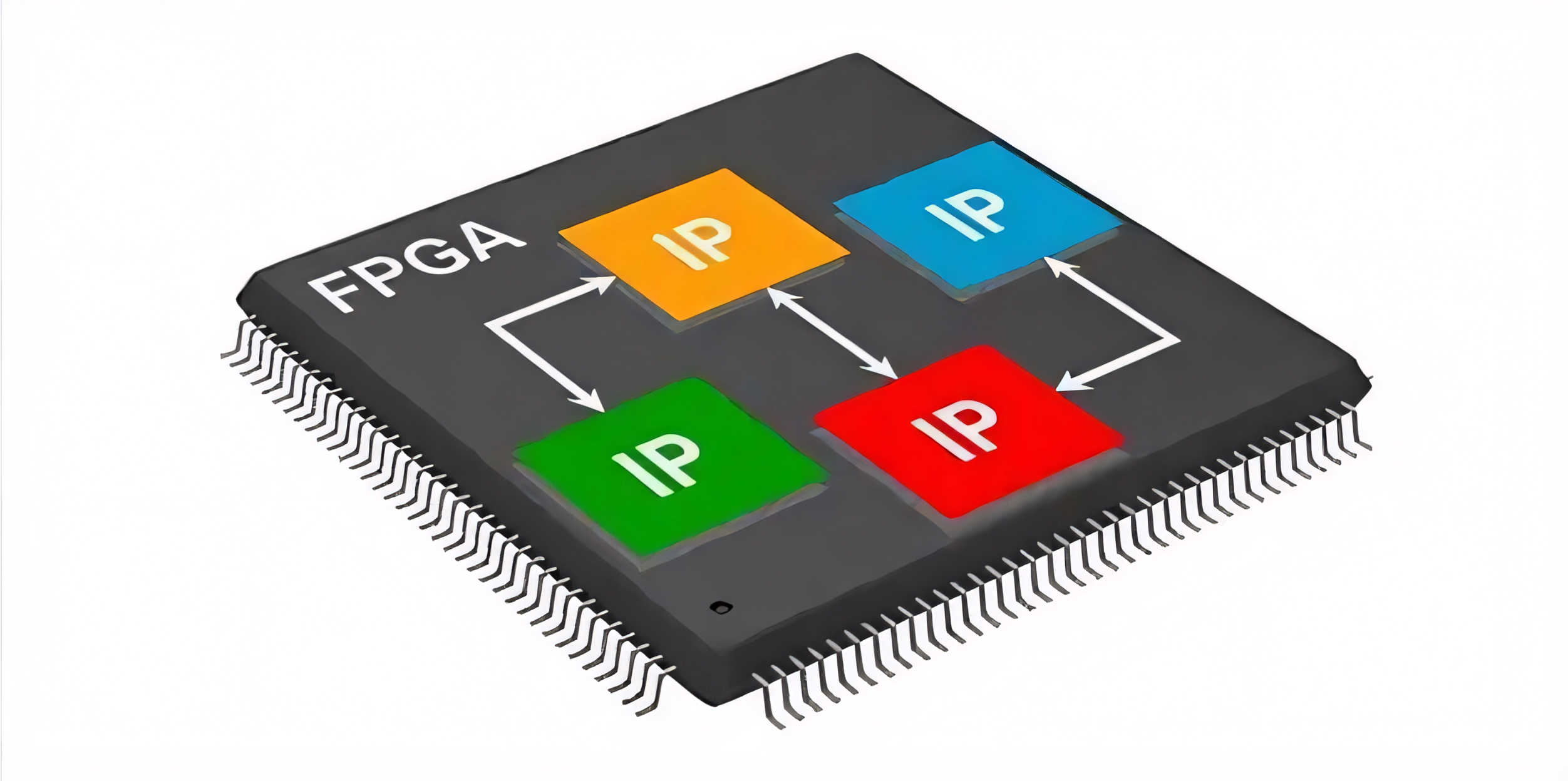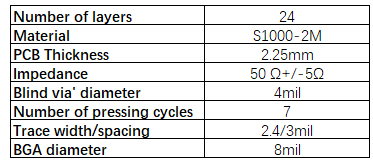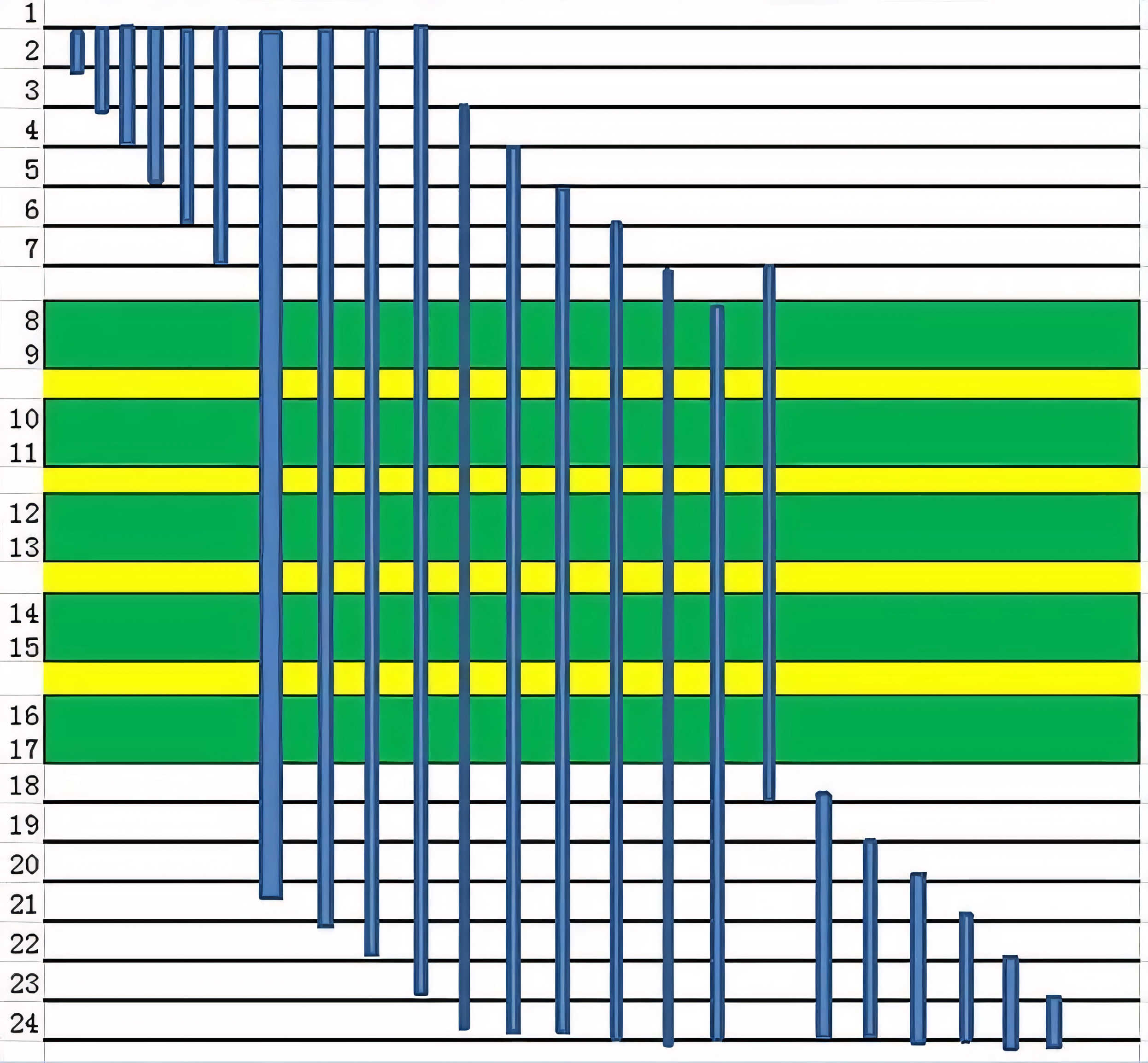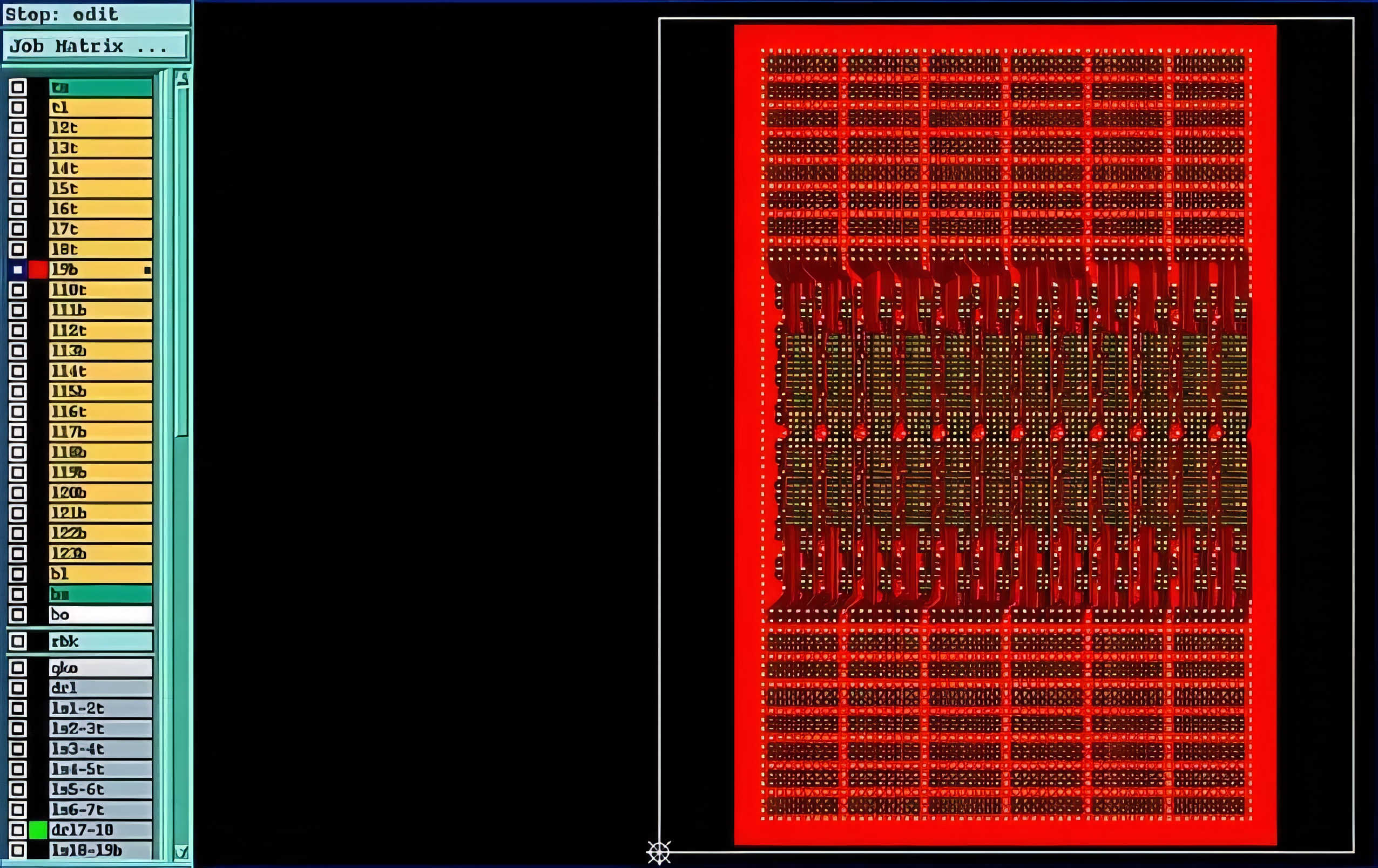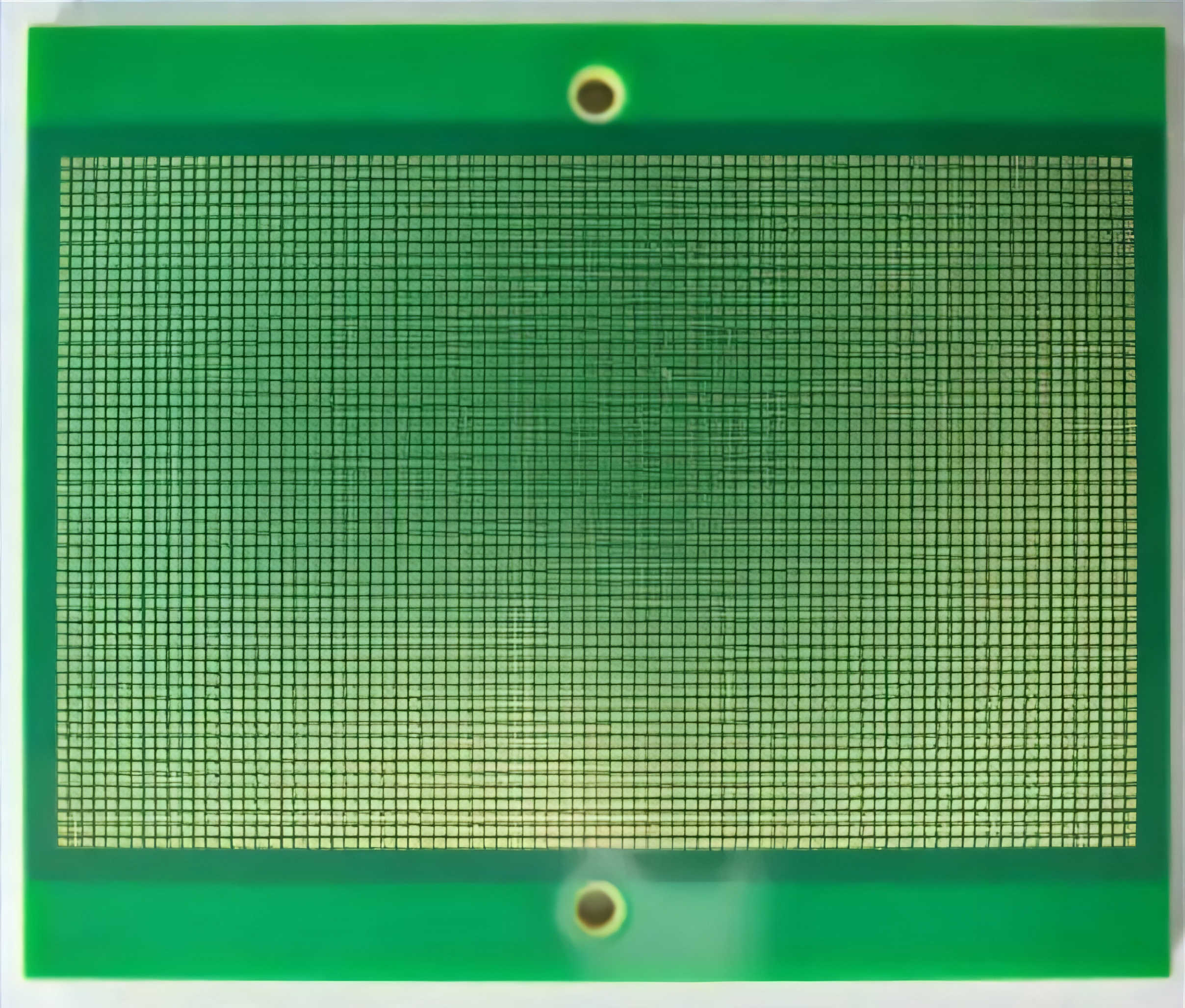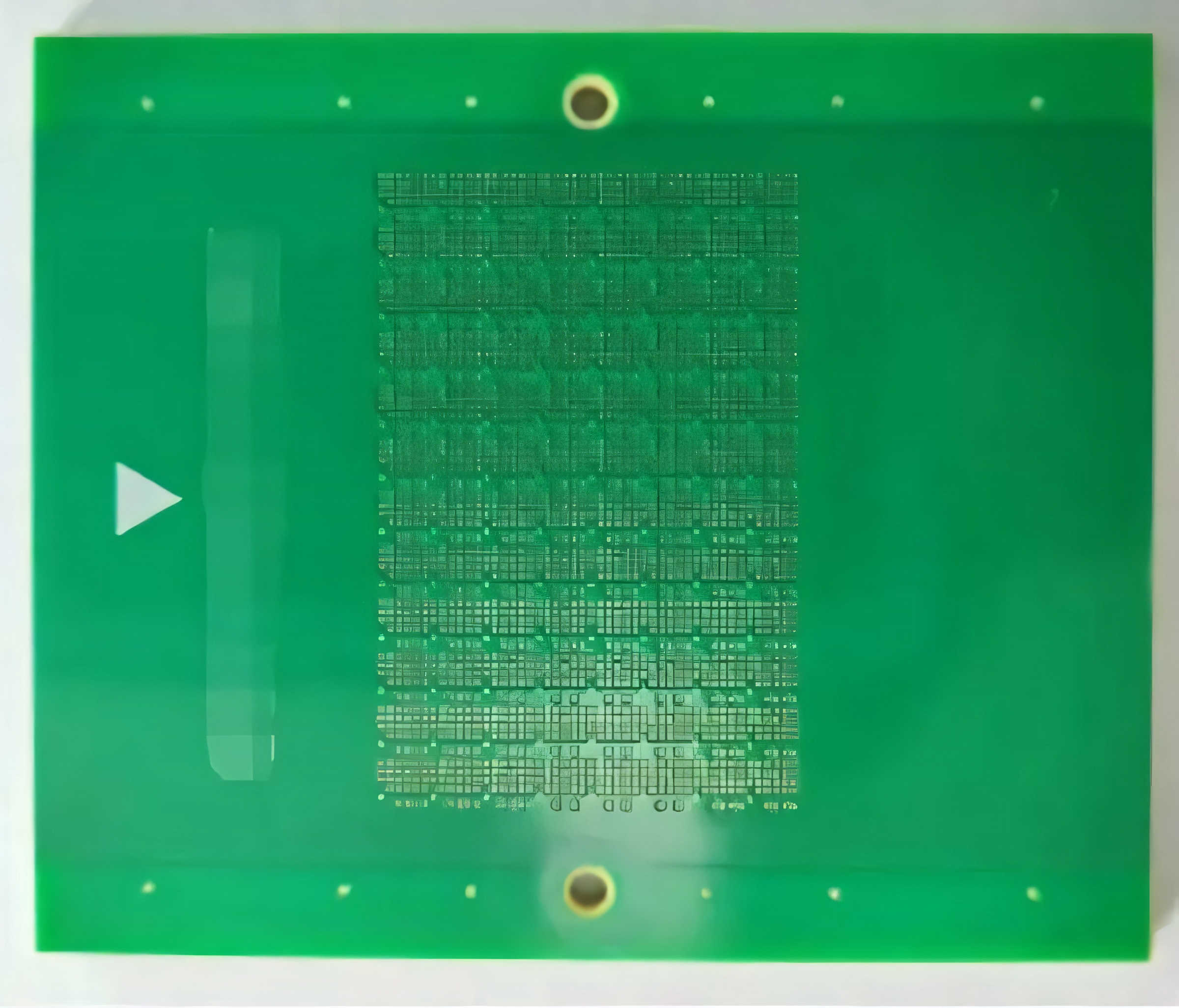As the integrated circuit industry continues to evolve, the complexity of chip connections has significantly increased. Traditional PCB technology is struggling to meet the demands of high-frequency and high-speed applications. Achieving stable and reliable interconnections between high-speed, high-density chips has become a critical challenge in modern electronics. In addition, as chip power consumption rises, so does heat generation. This necessitates an advanced cooling system to ensure that chips operate within safe temperature ranges and maintain optimal performance. To address these challenges, a new type of PCB known as the interposer PCB has emerged. It plays a crucial role in enabling high-performance, high-density interconnections between different components. An interposer PCB is a highly advanced, high-layer, and high-density HDI (High-Density Interconnect) PCB. It acts as an intermediary layer between different electronic components, facilitating electrical connections through pad leads. These connections are made with micro bumps (uBumps) on the chip and routing within the interposer layer. The interposer uses through-silicon vias (TSVs) to connect upper and lower layers, enabling seamless communication between chips. The design of an interposer PCB includes inner layers connected to outer layers via laser microvias and dense routing. This results in a multi-layer structure with BGA (Ball Grid Array) connections on the top side and pad connections on the bottom. Interposer PCBs offer significant advantages in improving the performance of integrated circuits. They enable faster and more reliable connections for semiconductor products by using high-performance materials that allow short-distance, high-density interconnections between chips, greatly increasing data transmission speeds. Additionally, interposer technology helps reduce signal loss and improve signal integrity by directly connecting signal pins to the interposer layer, shortening the signal path. This leads to better overall signal quality and reduced interference. Thermal management is another key benefit. The interposer layer can act as a heat dissipation medium, helping to lower chip temperatures and enhance long-term reliability. Finally, interposer PCBs make it easier to integrate heterogeneous chips. By placing different functional chips on the same interposer layer, they enable efficient interconnections, which enhances the performance and efficiency of complex systems. In conclusion, interposer PCBs are widely used in fields such as high-performance computing, artificial intelligence, data centers, and communications. In high-performance computing, they enable multiple processing chips to be interconnected, boosting computational power. In AI applications, they help accelerate neural network training and inference. In data centers and communication systems, they provide higher bandwidth and faster data transfer rates to support big data and high-speed communication needs. As a leading manufacturer of high-end HDI PCBs, PCBWay stays at the forefront of technological innovation. In response to growing demand for high-layer, arbitrary interconnection (Anylayer) HDI boards, our research team has focused on overcoming technical barriers. We have successfully developed advanced interposer PCBs with high-layer counts and complex interconnections. We are proud to showcase the details of this high-precision circuit product through a 24-layer, 6-order Anylayer HDI PCB example. 1. Product Parameters 2. Product Structure 3. Technical Challenges Challenge 1: The buried via PCB thickness from L7 to L18 is 1.0 mm, with a mechanical through-hole diameter of 0.1 mm, resulting in a hole aspect ratio of 10:1, making mechanical drilling very difficult. Challenge 2: The BGA pitch is 0.35 mm, and the distance from the hole to the conductor trace is only 0.13 mm, increasing the risk of misalignment during multiple laminations. Challenge 3: The trace width and spacing are 2.4 mil and 3 mil respectively, with extremely dense routing. Below are some examples of the routing layout. 4. Finished Product Pictures Peanut Ball,Fitness Epp Massage Ball,Peanut Ball Eco Friendly,Peanut Ball For Muscle Relax Jiangsu Laiao Material Technology Co., Ltd. , https://www.jslaiao.com